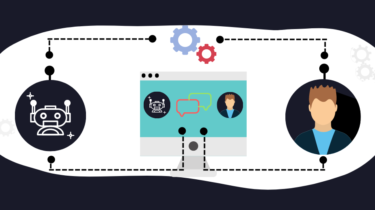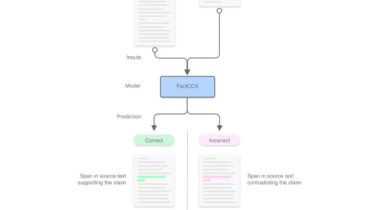Getting started with NLP using NLTK Library
1010010 01101001 01110100 01101000 01101001 01101011 01100001 Did you understand the above binary code? If yes, then you’re a computer. If no, then you’re a Human. 🙂 I know it’s a difficult task for us to understand binary code just like computers because binary code is a Machine Understandable Language. Likewise, even computers don’t understand human language. So, how to make computers understand human language? The answer is Natural Language Processing. With the help of NLP, we can teach computers […]
Read more







